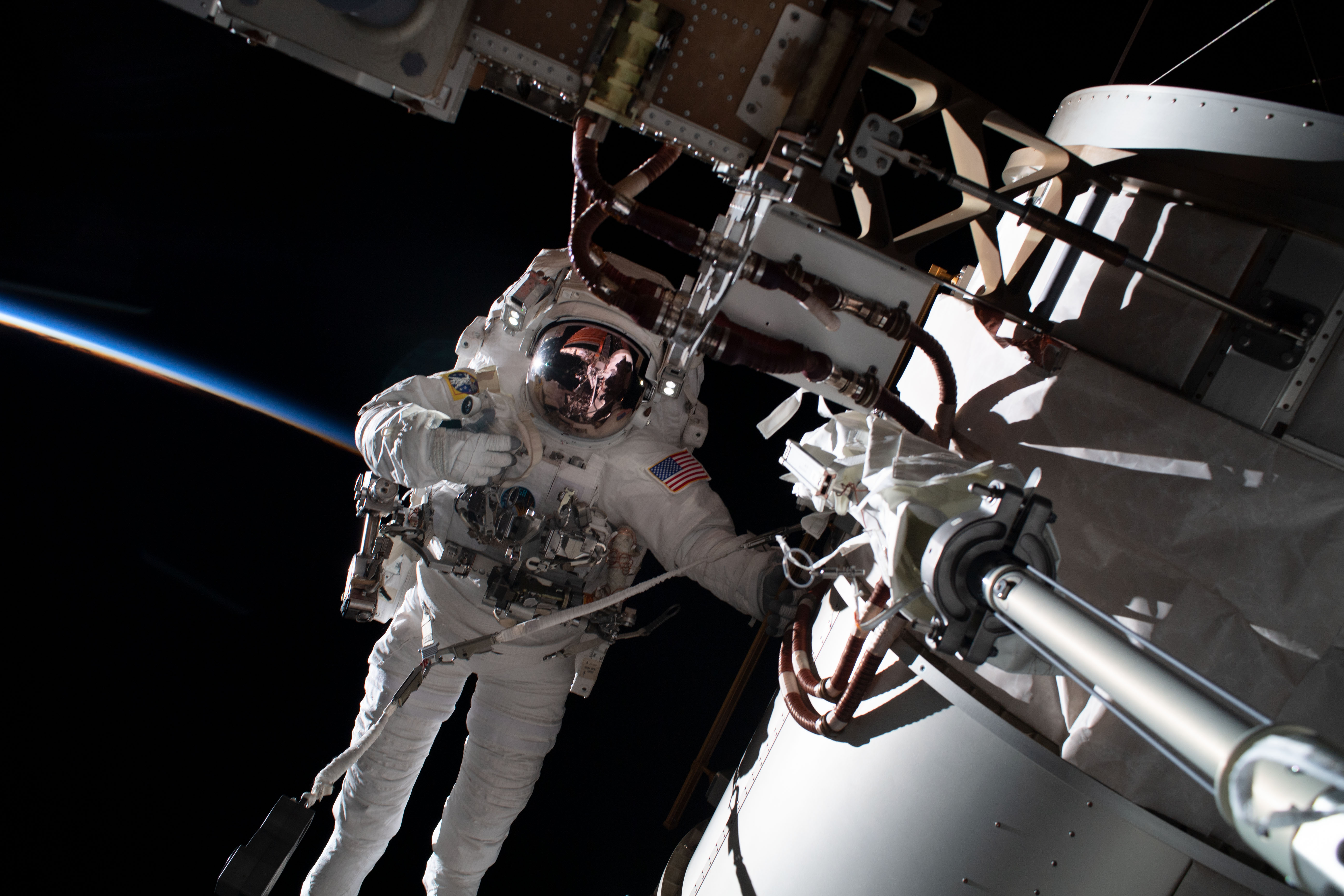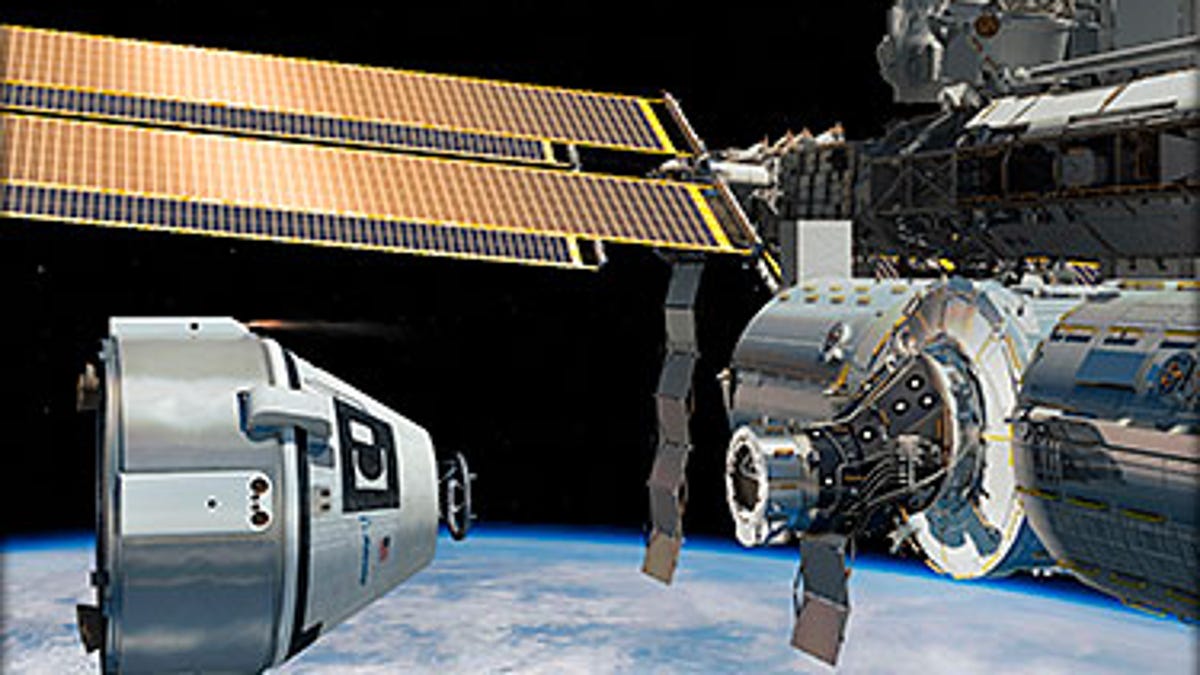It was assumed that this would not happen until after a fully commercial crew had flown to ISS on a Dragon, CST-100 or Dream Chaser, but apparently that has changed.
NASA Astronauts To Fly on Space Taxi Test Flights to Station
CAPE CANAVERAL, Fla. — NASA expects to release a draft solicitation for the next phase of its Commercial Crew Program this summer, but one requirement already has been decided: Bidders need to make at least one test fight to the international space station (ISS) and NASA wants one of its astronauts aboard.
“They may choose to fly un-crewed orbital test flights. They may choose to fly crewed orbital test flights that don’t go to station, but eventually at a minimum they will need to fly at least one test flight to the ISS with a NASA crew member on board,†astronaut Mike Good told reporters at a Kennedy Space Center program status briefing on June 27.
The next round of NASA’s ongoing efforts to nurture a commercial orbital human space transportation system will begin next summer, with the goal of having a U.S. alternative to buying from Russia by 2017. A central feature of the newly named Commercial Crew Transportation Capability (CCtCap) program will be test flights to the space station in 2015 or 2016, program manager Ed Mango said.
Three firms currently are sharing about $1.1 billion in NASA funding to develop space taxis to ferry NASA astronauts and potentially other customers to and from low Earth orbit.
Mango expects to pare that list down by at least one — and possibly two — depending on how much money NASA gets for the program.
The agency has requested $821 million for its Commercial Crew Program for the fiscal year beginning Oct. 1. Congress has roughly halved previous program budget requests.
“I’d like to keep three companies because they’re very diverse,†Mango said, noting the program currently supports two different launch vehicles and two different types of spaceships.
The rockets are Space Exploration Technologies’ Falcon 9, which would be paired with the company’s Dragon capsule, and United Launch Alliance’s Atlas 5, which is being modified to handle both Boeing’s CST-100 capsule and Sierra Nevada Corp.’s winged Dream Chaser spacecraft.
>
CAPE CANAVERAL, Fla. — NASA expects to release a draft solicitation for the next phase of its Commercial Crew Program this summer, but one requirement already has been decided: Bidders need to make at least one test fight to the international space station (ISS) and NASA wants one of its astronauts aboard.
“They may choose to fly un-crewed orbital test flights. They may choose to fly crewed orbital test flights that don’t go to station, but eventually at a minimum they will need to fly at least one test flight to the ISS with a NASA crew member on board,†astronaut Mike Good told reporters at a Kennedy Space Center program status briefing on June 27.
The next round of NASA’s ongoing efforts to nurture a commercial orbital human space transportation system will begin next summer, with the goal of having a U.S. alternative to buying from Russia by 2017. A central feature of the newly named Commercial Crew Transportation Capability (CCtCap) program will be test flights to the space station in 2015 or 2016, program manager Ed Mango said.
Three firms currently are sharing about $1.1 billion in NASA funding to develop space taxis to ferry NASA astronauts and potentially other customers to and from low Earth orbit.
Mango expects to pare that list down by at least one — and possibly two — depending on how much money NASA gets for the program.
The agency has requested $821 million for its Commercial Crew Program for the fiscal year beginning Oct. 1. Congress has roughly halved previous program budget requests.
“I’d like to keep three companies because they’re very diverse,†Mango said, noting the program currently supports two different launch vehicles and two different types of spaceships.
The rockets are Space Exploration Technologies’ Falcon 9, which would be paired with the company’s Dragon capsule, and United Launch Alliance’s Atlas 5, which is being modified to handle both Boeing’s CST-100 capsule and Sierra Nevada Corp.’s winged Dream Chaser spacecraft.
>















Comment